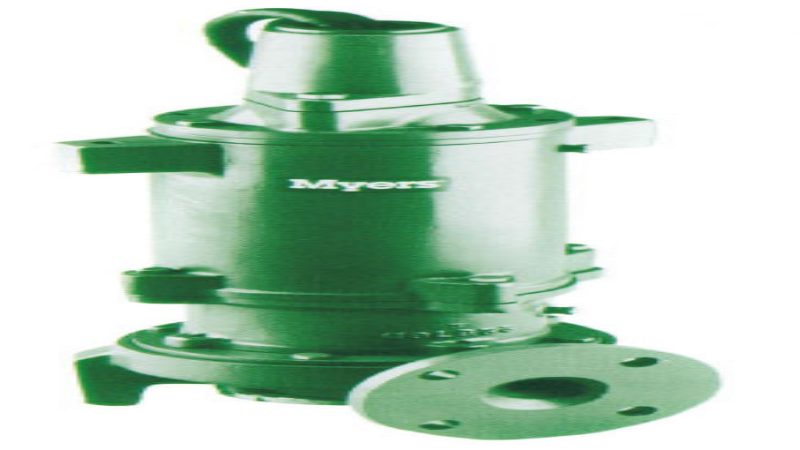In linear motion types of applications for equipment and machines, there are various options in screws used to create the motion. In standard sizes of threads, the Acme series of screws are often the choice of engineers and system designers.
The use of a trapezoidal lead screw is required for metric systems. These are commonly used throughout countries outside of the United States where the metric system is used exclusively. In some areas of the United States, it is common to hear this type of lead screw referred to as a metric series Acme screw, although they are two different components.
The most important difference between the Acme and the trapezoidal lead screw is the angle on the side or on the flank of the screw thread. With the Acme lead screw, the angle in degrees is 29 while the trapezoidal shape offers a 30-degree angle. This creates more of the trapezoidal shape which, although slight, is an essential consideration. In most cases, the slight variation is almost impossible to detect just by examining the screw, but with caliper measurements it is evident.
The Thread Form Benefits
With the use of a trapezoidal lead screw, as well as with the Acme lead screw for standard measurements applications, there is a greater potential load possible on the screw and nut. The wider base of the thread combined with the flat top makes this a stronger thread form, ideal for use in automated systems.
Additionally, the use of the trapezoidal type of lead screws also means the possibility to use a split nut as needed. This ability to use this type of nut reduce wear and tear on both the screw and the nut, extending the life of the system and also reducing the cost of replacement over time.






